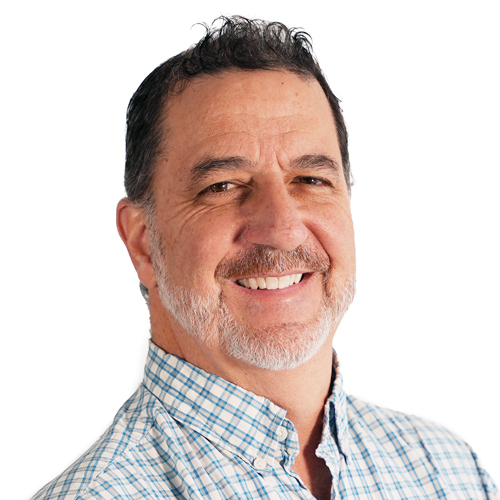A pair of UW-Milwaukee researchers will map the bacterial colonies of a series of well aquifers near Waukesha using cutting-edge metagenomics

Credit: UW-Milwaukee
September 21, 2016
By Aaron R. Conklin
They hover, existing at the very edge of oblivion, waiting for nutrients to arrive and spring them to life. When they activate, a universe of possibilities emerges.
Scientists have long known that bacteria are the driving force in the chemical reactions that occur in an aquifer—everything from remediation to nutrient cycling and mobilization of heavy metals. But even with that basic knowledge in hand, there’s much, much more to unravel.
“The question is what bacterial consortium is actually there, and what drives any changes to the bacteria when nutrients are added?” said Tim Grundl, associate dean of the University of Wisconsin-Milwaukee’s School of Freshwater Sciences.
Grundl and his UW-M colleague, Assistant Professor Ryan Newton, now have a powerful tool to answer those questions in jaw-dropping genomic detail. Backed by funding from the University of Wisconsin Water Resources Institute, the pair will apply metagenomics, the ability to directly study genetic material from an environmental sample, to get an incredibly diverse view of the bacterial assemblages in three municipal wells in Waukesha.
On its own, the ability to map this largely uncharted territory would be an appealing prospect. This particular project carries an extra attraction because it offers the unique opportunity for Grundl and Newton to compare microbial communities in a well containing unaltered groundwater with two adjacent wells that draw up to 40 percent of their water from the Fox River, water that’s impacted by treated municipal effluent.
Newton’s not a groundwater expert—his specialty is microbiology. Working with UW-Madison’s Trina McMahon, he helped characterize the bacterial communities in Madison’s Lake Mendota, and now works to do the same with Lake Michigan. He’ll rely on Grundl’s groundwater expertise, while Grundl will rely on Newton’s bacterial acumen.

Credit: Tim Newton
“We know what bacteria are capable of in terms of reactivity,” said Grundl. “I can ascertain which reactions are feasible, and he can say which organisms are likely to be involved. Together, we’ll be able to say exactly what’s going on in these aquifers.”
According to Newton, the project has at least two key aspects: The first is gaining a better understanding of whether allowing nutrient infiltrations into an aquifer—for instance, in the form of agricultural runoff—changes the bacterial community’s dominant biochemical pathways.
It’s also possible Grundl and Newton may be able to identify genes in the bacterial community that may act as a pollution signal. When the specific genes are abundant, for instance, it may indicate that an excess of phosphorus is present in the aquifer. That signal could prove a much simpler—and cheaper—way to determine when an aquifer requires remediation or intervention.
“That’s the direction we’re headed,” said Newton. “We’re headed toward identifying changes indicative of pollution.”
While a sizable chunk of the project will consist of field sampling—sampling on the two-year project will begin this fall—Grundl and Newton also plan to incorporate a lab element to their study. Using the same environmental samples, they plan to apply nutrients in an amount increased by a factor of five and reduced by a factor of one-fifth to get a sense of the range of outcomes.
The potential applications of Grundl and Newton’s research could be expansive. As a possible example, Grundl points to wastewater treatment systems that manage waste in communities throughout southeast Wisconsin. Metagenomics could help water managers balance the system’s microbial communities, ensuring proper treatment. Similarly, metagenomics could give large agricultural operations a sense of how much phosphorus-based fertilizer is affecting bacterial reactivity within the aquifer.
“It’s fleshing out the whole idea,” Grundl said.
Interestingly, the biggest challenge Grundl and Newton face may be managing the sheer amount of data they’re likely to generate.
“Visualizing and interpreting everything is a huge task,” said Newton. “You’re really just limited by your own imagination—and the time it takes to analyze it all.”



